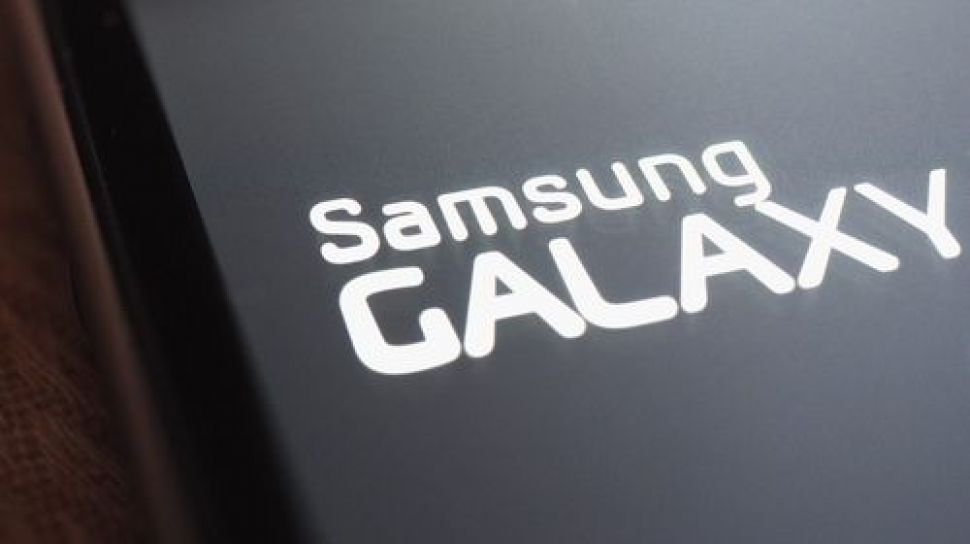–
Fix it, sell it or close it. That was the recipe for decades that legendary CEO Jack Welch forced on underperforming divisions of the mega concern General Electric. The current CEO chooses a different path: split it. This is how the curtain falls for the 129-year-old company that changed the world.
–
The conglomerate that supplied the world with fans, refrigerators, street lamps, ultrasound machines, airplane parts, power plants and even Hollywood productions for more than a century is being shut down. Thomas Edison’s light bulb, the product that started it all, did not survive the 21st century. Now the entire General Electric group is also being phased out.
–
In the 2000s, General Electric was the most valuable company in the world with a market capitalization of more than $600 billion. The foundations of this lie with Edison. In 1889, he brought together several light bulb, lighting and electrical outlet companies into the Edison General Electric Company. Under the influence of the influential banker JP Morgan, he merged three years later with major competitor Thomson-Houston from fellow inventor Elihu Thomson to form General Electric. That immediately ran into the spotlight: it was one of twelve companies that made up the newly created Dow Jones Industrial stock index.
–
The essence
- General Electric, the company built on Thomas Edison’s light bulbs, is being chopped into three parts.
- The once glorious conglomerate behind dishwashers, nuclear reactors and trains was the most valuable company in the world under CEO Jack Welch, but has been in the doldrums for years.
- The 174,000 employees will be spread over the aviation, healthcare and energy divisions.
–
–
In just a few decades, General Electric became a generalist in everything electrically related, from washing machines and toasters to nuclear power plants. The production of radios in the 1920s was the start of the later media conglomerate NBCUniversal, the technology of the first x-rays was the basis of the hospital division. From the very beginning, the company has been involved in transportation, from locomotives to aircraft engines, which are still a multi-billion dollar business.
–
Dividend
Jack Welch is the manager who will always be synonymous with General Electric’s expansion. He shortened the company name to GE, but expanded the business enormously during his 20-year leadership in the 80s and 90s. Backed by the slogan ‘We bring good things to life’, sales increased fivefold to 130 billion dollars.
–
The $12 billion manufacturing company became a conglomerate with a market cap of $410 billion in two decades. The hefty dividend made GE a popular trustee stock.
–
Much has been published about the success formula and management style of Welch – awarded manager of the century. Although the outlook is somewhat less positive now than at the turn of the century. In addition to classics such as cost cutting, takeovers and restructuring, Welch devised a performance-oriented system. The 10 percent worst-performing managers were fired every year. The top 20 percent were richly rewarded with, among other things, stock options.
–
CEO Jack Welch fired the 10 percent worst-performing executives every year.
–
The activities also emphasized performance and winning. The group had to be number one or two in each activity. For divisions that failed, there were three options: fix it, sell it or close it. Under Welch, GE seemed like a success team that scored in many sectors, even in increasingly diverse activities from mining, plastics to water treatment.
–
As conglomerates elsewhere were phased out, GE grew bigger and bigger, with the multibillion-dollar acquisition of RCA — then the largest non-oil acquisition ever — being the outlier. The company even had its own font.
–
Many GE executives and managers trained at the Jack Welch Management Institute made it to CEOs of other major US companies. Many employees have less good memories. Welch cut more than 100,000 people from its payroll through sales and layoffs. He himself earned an estimated $300 million in wages and a $417 million pension package.
–
Credit to families
One of the divisions that thrived under Welch was GE Capital. GE has been lending since the early decades. Families could use it to buy refrigerators and companies expensive machines. But Welch built the financial branch into the seventh largest bank in the US.
–
That heavy exposure to financial services caused an ice-cold shower during the financial crisis in 2008. GE Capital had to be propped up with a $139 billion state guarantee and $3 billion in capital from Warren Buffett. During that storm, Welch was no longer at the helm, but his chosen successor Jeff Immelt.
–
Without GE Capital’s financial hocus pocus, Immelt could not live up to the high expectations. His appointment started in a minor way. The chief executive had only been at the helm for four days when the September 11, 2001 attacks sparked a crisis in aviation, one of GE’s critical sectors. With the Ecomagination program he promised innovation and greener products such as wind turbines, but the group continued to invest massively in fossil energy. The billion-dollar deal for the oil services group Baker Hughes in 2017 was a blunder and the purchase of the French Alstom a setback because gas-fired power stations have been struggling ever since.
–
During Immelt’s period, press releases about a multi-billion dollar purchase or the sale of historic divisions such as home appliances or NBCUniversal were sent out with regularity. That was especially good for investment bankers, who have been able to charge GE as much as $7.2 billion for advice since 2000 while the debt mountain climbed to a problematic $140 billion.
–
For a long time now, no one has been able to explain in a few sentences which activities are still in the megaconglomerate’s portfolio. “A bigger fraud than Enron,” argued Harry Markopolos, the man who first warned about Bernie Madoff’s ponzi scheme. A statement that could not be substantiated, but the profit machine that GE had previously appeared to have disappeared.
–
Remarkably, the company that at the time pioneered all possible electrical applications cannot now assume a significant role in a society where new electrical and digital technologies are flourishing.
–
Remarkably, the company that at the time pioneered all possible electrical applications cannot now assume a significant role in a society where new electrical and digital technologies are flourishing. Critics point to Welch’s years of savings on research. GE also lagged far behind similar conglomerates like Siemens and Philips that made clear choices much earlier.
–
That wake-up call only came in 2018 when GE lost its seat in the Dow Jones stock index due to a declining stock price. CEO John Flannery had to resign just 14 months after he succeeded Immelt. The realization came that the Welch adept approach no longer works in the 21st century, and Larry Culp brought in a rare outside CEO.
–
Last year, Culp sold the historic lighting division. That symbolic step turned out to be a harbinger of a greater break with the past. This week it was announced that the conglomerate will be closed. GE will be split into three separate companies to help them grow and focus better.
–
The healthcare (USD 18 billion in revenue) and energy (USD 33 billion) divisions, which include wind turbines, gas and nuclear power plants, will be spun off as a separate, rebranded company in 2023 and 2024, respectively. Afterwards, Culp will lead the remaining mini-GE with only the aviation division ($22 billion).
–
Yet GE’s Art Nouveau logo from the 19th century will remain in many American households for decades to come. The Chinese Haier, which took over the household appliances branch a few years ago, may use the GE brand name until 2056.
–
Toshiba and J&J follow suit
Just days after General Electric’s decision to split up, two more companies followed suit: tech giant Toshiba and pharmaceutical giant Johnson & Johnson.
–
The parent company of Janssen Pharmaceutica will divest its consumer products division, put it into a separate entity and put it on the stock exchange. The operation should be completed within one and a half to two years. The reason for the split is that the consumer segment involves relatively few risks, such as expensive studies, but also grows slowly and is not very profitable. It is the smallest division, accounting for 17 percent of J&J’s group turnover ($82.6 billion), and its portfolio includes mouthwashes (Listerine) and skin care products (Neutrogena).
–
J&J will in the future still consist of two divisions. The largest remains the pharmaceutical branch, including Janssen Pharmaceutica, which accounts for 55 percent of group turnover. In addition, the medical equipment branch will continue to be housed under the umbrella of J&J.
–
Earlier this week, Japan’s Toshiba also announced a split into three. It must be completed within two years. The three entities (energy and infrastructure, electronics and data storage, chips) will all be listed on the Tokyo Stock Exchange.
–
–
–


